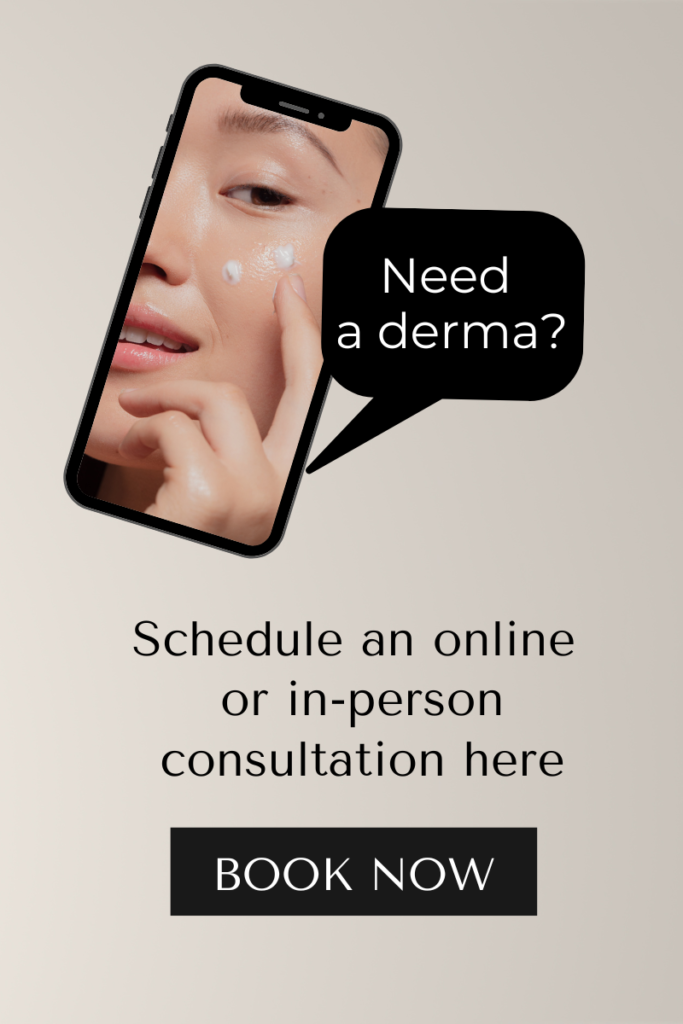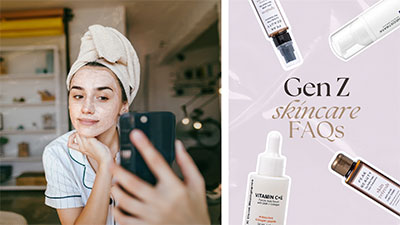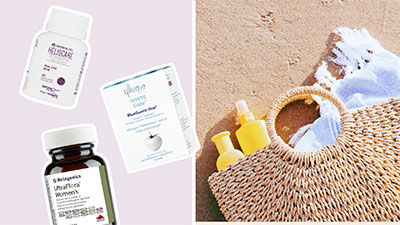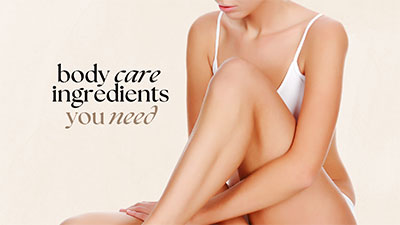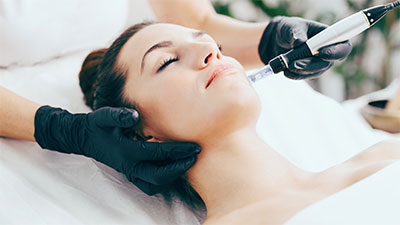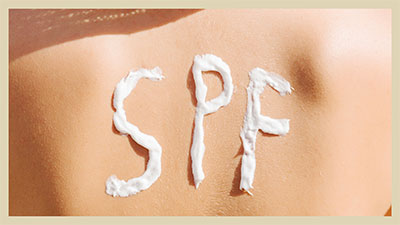Atopic Dermatitis and Children: What Every Parent Should Know
Dry, itchy skin is quite common in active tots. But how do you know if it’s already atopic dermatitis?

It starts as a minor itch or rash on your baby’s skin. You think: Maybe she just got bitten by an ant, got in contact with something rough, or accidentally scratched her skin too hard. The next thing you know, the redness is getting worse and the affected area is looking dry and flaky. She’s getting cranky, too, from the itchiness and discomfort.
You take one trip to the doctor and it’s confirmed: It’s not an innocent rash—it’s actually atopic dermatitis.
Atopic dermatitis, a type of eczema (a broader term for skin inflammation), is a common skin condition that affects many children, often appearing before their first birthday. As a parent, seeing your baby or child uncomfortable due to this skin issue can be distressing. But understanding the condition, its triggers, and how to manage it can make a significant difference in your child’s comfort—and your peace of mind.
Atopic dermatitis and babies
Atopic dermatitis (AD) is a chronic skin condition characterized by red, itchy, and inflamed patches of skin. It often appears in children with a family history of eczema, allergies, or asthma. The exact cause of AD isn’t fully understood, but it’s believed to result from a combination of genetic and environmental factors. Essentially, your child’s immune system overreacts to certain triggers, leading to inflammation and the breakdown of the skin barrier. This barrier dysfunction makes it harder for the skin to retain moisture, causing it to become dry and irritated.
What are the symptoms of atopic dermatitis?
Symptoms can vary from person to person, but they generally include the following:
- Dry, scaly skin: The affected areas often appear rough and dry.
- Red, inflamed patches: These can appear anywhere on the body but are most common on the cheeks, arms, and legs.
- Intense itching: It is notoriously itchy, and scratching can lead to open sores, further irritation, and even infection.
- Crusting or oozing: In some cases, skin patches from atopic dermatitis may ooze fluid and form crusts.
In babies younger than a year old, this type of eczema often manifests on the cheeks, forehead, and scalp. It can also appear on the knees, elbows, and trunk, as well as in the diaper area or perineal region. In case of the latter, it’s best to have your child checked ASAP as other causes—bacterial and fungal infections—need to be treated with urgency.
In older kids and teens, it’s common to see rashes and dryness in the bends of the elbows, behind the knees, on the inside areas of the wrists and ankles, on the neck, and even on the hands. (Also read: Dry Hands or Hand Eczema? Here’s How To Tell The Difference)
These symptoms tend to flare up periodically, often in response to specific triggers.
What are the causes and triggers?
A variety of factors can trigger atopic dermatitis. Here are some of the most common ones:
- Irritants: Soaps, detergents, fragrances, and even certain fabrics can irritate the skin and provoke a flare-up.
- Allergens: Dust mites, pollen, pet dander, and specific food items (like eggs, dairy, or nuts) can trigger symptoms.
- Heat and sweat: Our tropical climate can make your child sweat easily, which may lead to itching and inflammation.
- Dry skin: Low humidity or frequent bathing—especially with hot water—can strip the skin of its natural oils, worsening eczema.
- Stress: Emotional stress can exacerbate symptoms, even in young children.
- Infections: Bacterial, viral, or fungal infections can trigger or worsen one’s symptoms.
- Pollutants: Constant exposure to smoke, smog, and dust particles can irritate your child’s skin, making atopic dermatitis harder to manage.
How can I prevent atopic dermatitis in my child’s skin?
The truth: You can’t completely prevent AD, but you can take steps to minimize flare-ups and keep your child’s skin as healthy as possible. Here are some tips:
- Bathe wisely.
Use lukewarm water and a mild, fragrance-free cleanser, like Froika Baby Shampoo and Bath, an extra pure formulation made for baby’s delicate skin. Keep baths short (about 5 to 10 minutes) and apply moisturizer immediately after patting the skin dry. - Moisturize regularly.
Apply a gentle, fragrance-free moisturizer to your child’s skin at least twice a day to lock in moisture and strengthen the skin barrier. Try Vanicream Moisturizing Lotion, P1,260, a mild lotion for the face, hands, and body—free of dyes, fragrance, lanolin, and other harsh ingredients. - Dress smartly.
Choose soft, breathable fabrics like cotton to avoid irritation. In hot weather, dress your child in loose, light clothing to minimize sweating. - Use a hypoallergenic detergent.
Since clothes are always in contact with skin, make sure you wash your kid’s clothing and other personal items (towels, blankets) with a gentle laundry soap specifically formulated for sensitive skin. (And say no to scented fabric softeners!) - Try to avoid triggers.
Identify and avoid specific triggers, whether they’re certain foods, environmental factors, or products. This also applies to the people around the child: If your baby’s skin is easily irritated by anything scented, the parents and siblings should also avoid wearing fragrances. - Teach your kid to avoid or stop scratching.
This can be extra tricky if you have very young kids, but it’s important that our little ones know that scratching will only make things worse. A cool compress can help, or you may refrigerate your child’s moisturizer or cream to make it feel extra soothing once applied. - Manage stress.
Kids can easily feel and absorb our stress, so try to create a calm, reassuring environment at home. It’s also never too early to teach kids about relaxation techniques, such as exercise, deep breathing, and talking to someone.
When should I see a doctor?
If you notice that the symptoms are persistent or recurring, or if your child is already visibly bothered or uncomfortable, it’s best to immediately seek guidance from a pediatric dermatologist so he can assess if your child’s condition is atopic dermatitis or something else entirely. An adult dermatologist can also help in case a pedia specialist is unavailable.
 Froika Froicalm P2,300 |
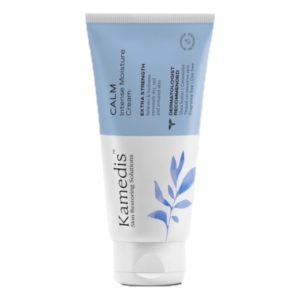 Kamedis Calm Intense Moisture Cream (Former Topic Skin Face and Body Cream), P2,400 |
For minor cases, simple preventive measures are usually advised—along with over-the-counter treatments such as emollient or anti-itch creams—to treat symptoms. A tried-and-tested option is Froika Froicalm P2,300, which offers immediate relief from itching and irritation due to a variety of causes, including eczema, dryness, allergies, insect stings and mild sunburn. Another skin saver is the Kamedis Calm Intense Moisture Cream (Former Topic Skin Face and Body Cream), P2,400, which provides skin with a calming, protective layer for long-term relief.
Your doctor may also prescribe steroidal treatments over a course of days and weeks, depending on the severity of the condition. Explains Dr. Maximin Navarro, resident dermatologist at Bella Pelle Skin Solutions, “While most parents tend to be steroid-phobic, steroids remain a mainstay treatment for atopic dermatitis.” He adds that the potency of steroids prescribed would depend on the severity of the condition, the area of the skin affected, and the age of the patient. The potency ranges from “mild (hydrocortisone), mid potent (betamethasone) and very potent (clobetasol).” It is important that these steroids are only applied when prescribed by a dermatologist.
If there are signs of infection, such as oozing, crusting, or a fever (which usually happens when bacteria or fungi infects patches of eczema), your child may need stronger treatments, like antibiotics. That said, this is why it’s important to have your kids’ skin assessed so the appropriate medication can be recommended.
—
Are you an adult who’s also dealing with atopic dermatitis? Check out this derma-recommended skincare routine.
For customized skincare and wellness recommendations, you can book a face-to-face or virtual dermatological consultation with Dr. Maximin Navarro, our resident dermatologist and a Philippine Dermatological Society (PDS) fellow, here. You may also contact the Bella Pelle Skin Solutions Clinic at (+63) 999-887-1933. For a full list of facial services and other treatments, click here.
Bella Pelle Skin Solutions is located 2/F L Building, #142 Katipunan, Brgy. Saint Ignatius, Quezon City. The center is open Monday to Friday, from 9 a.m. to 6 p.m.
For more beauty and skincare tips, subscribe to our newsletter:
SHOP OTHER PRODUCTS:
 Calm Gentle Soothing Wash (Former Topic Skin Face and Body Wash), P1,300 |
 Froika Barrier Cream, P1,780 |
 Kamedis Calm Gentle Soothing Wash, P1,300 |
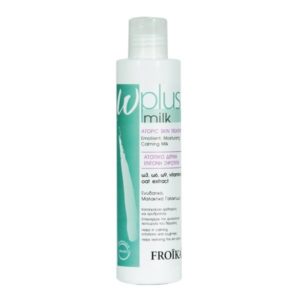 Froika W Plus Milk, P1,850 |
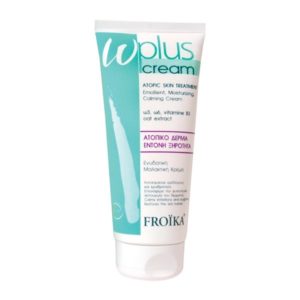 Froika Omega Plus Cream, P2,250 |

